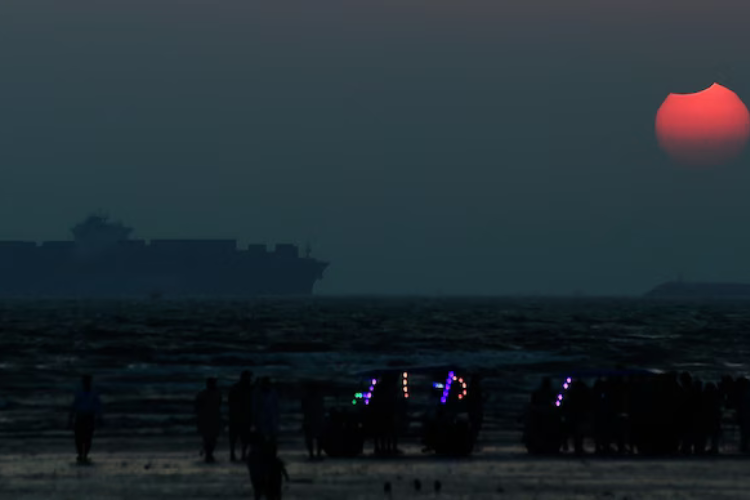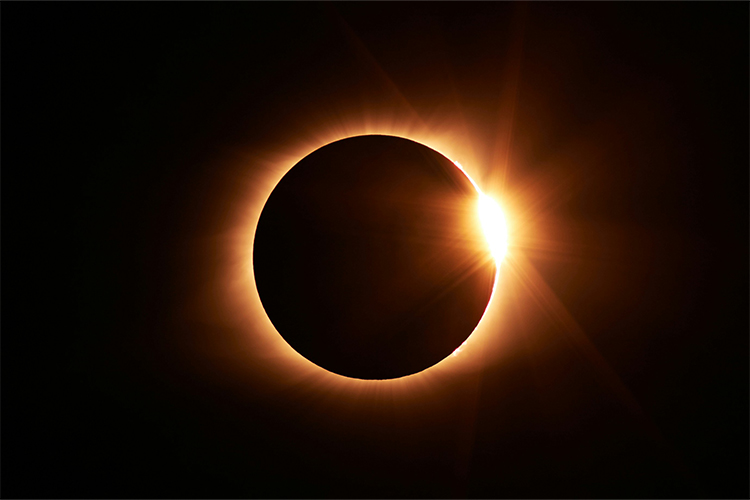.png)
The upcoming Total Solar Eclipse on April 8, Monday, which is set to hide the daytime sun, won’t be observable from the Indian subcontinent as it lies outside the path of totality. However, Indian enthusiasts can still experience this celestial event via a live stream provided by NASA, scheduled to commence at 10:30 PM IST.
Approximately 31.6 million individuals are expected to observe Monday's event of total solar eclipse, commencing in the US state of Texas at 11:57 PM IST on Monday and concluding in Maine at 1:05 AM on Tuesday.
The phenomenon will traverse a path of totality through quite a few other US states, including Oklahoma, Arkansas, Missouri, Illinois, Kentucky, Indiana, Ohio, Pennsylvania, New York, Vermont, and New Hampshire.
Cities in the United States directly in the trajectory of the celestial event comprise Columbus, Cleveland, Toledo, Indianapolis, Buffalo, Rochester, and Little Rock.
Meanwhile, sections of Mexico and Canada will also observe the Total Solar Eclipse.
1. Why the Total Solar Eclipse will not be visible in India

The solar eclipse occurring on Monday won't be visible in India. The visibility of the eclipse fluctuates due to the Earth's rotation and the moon's elliptical orbit. Consequently, only certain regions fall within the path of totality, where the sun is entirely shadowed, while others experience a partial eclipse or none at all.
The stargazers in India will need to wait until May 21, 2031, to witness a "ring of fire" solar eclipse, visible from several cities throughout the country, particularly in Kerala and Tamil Nadu.
In the 2031 eclipse, the Moon is projected to shadow about 28.87 percent of the Sun's surface as it moves between the Earth and the Sun.

The Moon is expected to hide the center of the Sun while allowing its outer edges to remain visible, resulting in the formation of the "ring of fire".
Continue Reading...